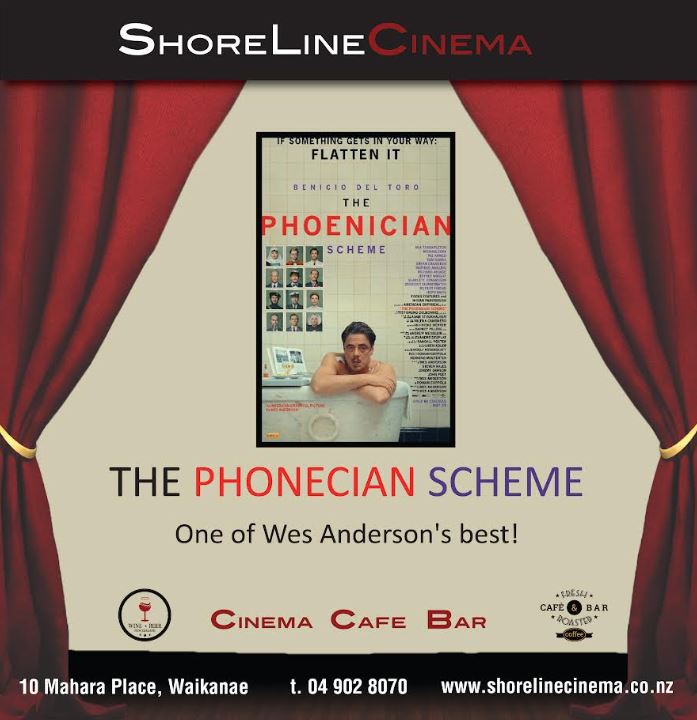It would be great to begin this column by saying it fills my heart with pride and creates a sense of hope for our future as a nation, when I observe the resurgence and the revitalisation of te reo Maori that is all around us.
I only need to look at my own mokopuna to see how far we have come in the past two decades and how removing them from mainstream school and establishing a kura in one of the nun’s garages has enriched their world.
We now have a generation of rangatahi, the graduates of kohanga reo, kura kaupapa Maori and wharekura who bring a solid grounding of te reo rangatira into their everyday lives.
We hear Maori spoken in all range of meetings whether they are Maori or non-Maori audiences. We hear the beautiful pronunciation of kupu Maori on our radio broadcasts; we see our language on t-shirts, in literature, on the movie screens, in the supermarket. Everyday, the respect accorded to te reo Maori as an official language of New Zealand is being taken seriously.
However in 1972 more than 70,000 of our people were fluent speakers of their tribal language. Today there are less than 20,000.
In 1985 Te Reo Māori Claim (Wai 11) asserted that te reo Māori was a taonga that the Crown was obliged to protect, under Article II of the Treaty of Waitangi. Witnesses told the Tribunal of the whakataukī “Ka ngaro te reo, ka ngaro tāua, pērā i te ngaro o te moa.” (If the language be lost, man will be lost, as dead as the moa.)
During the hearings, the place of Maoritanga in Aotearoa today was debated, as well as discussion around issues which still remain significant in our national consciousness such as the use of the koru on Air New Zealand insignia; the All Black’s use of the Ngati Toa Rangatira haka, Ka mate ka mate; or the powhiri. Witnesses spoke passionately that if the language dies, the culture dies and something unique will be lost.
In 1987, te reo Maori was made an official language of New Zealand and Te Taura Whiri i te Reo Maori (the Maori Language Commission) was established to promote the language.
But of course, it didn’t change over night.
In recent weeks, I have been greatly concerned about the situation for our mokopuna throughout the education system, and of course, the language – as the lifeforce of our culture and heritage – is a vital part of the solution for moving forward. It is somewhat sobering to go back to the Tribunal report, and to see the comments of Maika Marks:
The frustrations of being a Maori language teacher are just the same as those of being a Maori in New Zealand society. The frustrations of being a Maori language teacher are essentially summed up in the feeling that the education system has invited you to be a mourner at the tangihanga of your culture, your language, and yourself Maika Marks
I wonder how different it would be, if we went to some of our schools today, and asked how they were supporting the language as a way of supporting the unique worldview and experience that we know as tangata whenua.
This year the Maori Language Week them is Te Mahi Kai – the language of food.
I have been thinking about this theme not just in terms of the physical sustenance of the tinana – but also in terms of the spiritual and cultural sustenance of te Ao Maori .
My wish for this week – and for the year ahead – is that we continue to feed the soul; to respect te reo Maori as a vital foundation for tangata whenua.
Our identity is sourced in our language in our waiata, our haka, our karakia, our whenua, our pepeha, our whakatauaki, our names.
We know that unless our culture in it fullest form is totally allowed in all that we do, we will not survive.
The question for us all is what do we need to do, to ensure the language survives, and the people thrive? Food for thought indeed.



